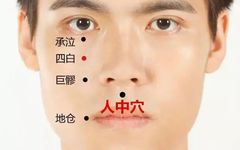Introduction
We have selected 80 essential acupuncture points; mastering these 80 points makes you a TCM expert.
The body has 12 meridians and 8 extraordinary vessels, with nearly 400 acupuncture points in total. There are too many points, so we have selected 80 essential acupuncture points; mastering these 80 points makes you a TCM expert.1. Ren Zhong (Philtrum) is a Life-Saving Point
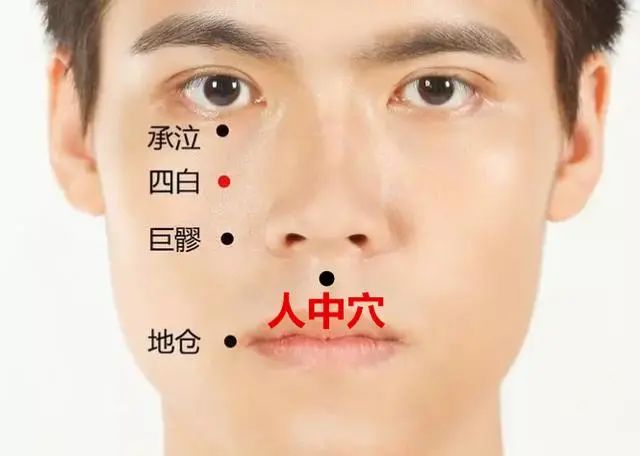
Ren Zhong is an important first aid point; pressing it with your finger can be used for heatstroke and unconsciousness emergencies.2. He Gu (LI4) is a Universal Point
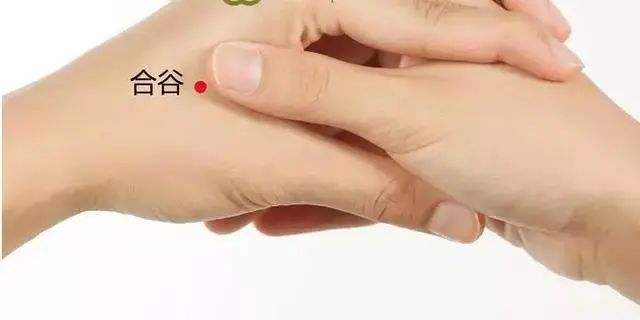
He Gu has calming and pain-relieving effects, promotes circulation, and clears heat. It can relieve motion sickness and toothache when pressed.3. Zu San Li (ST36) is the Longevity Point
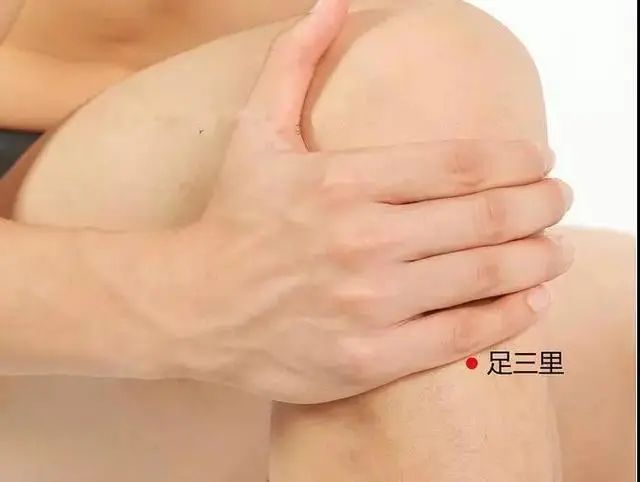
Regularly pressing or moxibusting Zu San Li can promote longevity. Additionally, it is an acupuncture point on the stomach meridian, addressing all gastrointestinal issues.4. Tai Chong (LV3) is the Qi-Dispersing Point
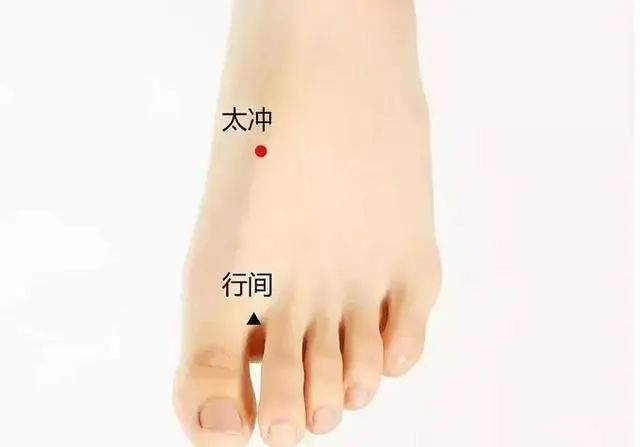
Tai Chong helps to soothe the liver and release heat. Rubbing this point when angry can quickly relieve stress.5. Huan Tiao (GB30) is the High Cholesterol Point
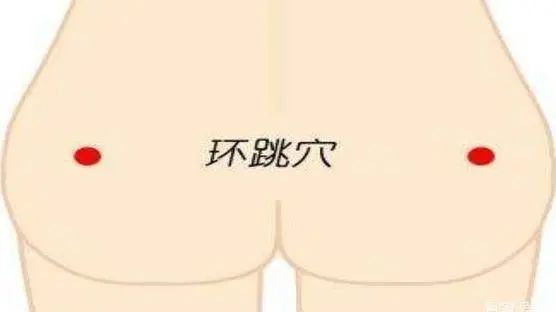
Stimulating Huan Tiao through moxibustion or tapping can effectively address high cholesterol issues.6. Fei Yang (BL58) is the Low Back Pain Point
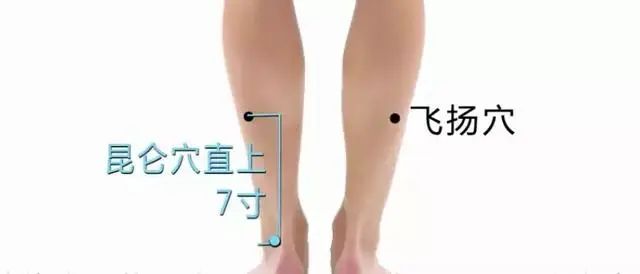
Fei Yang is the first choice for treating lower back pain, showing results faster than Cheng Shan (BL57).7. Yang Ling Quan (GB34) is the Muscle Relaxation Point

8. Gong Sun (SP4) is the Spleen-Strengthening Point
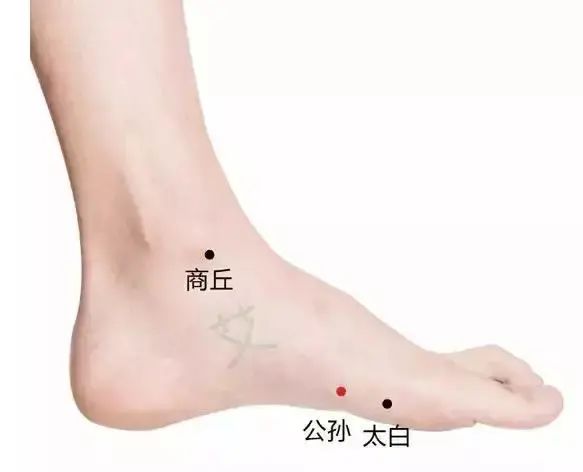
For those with excessive stomach acid, pressing or moxibusting Gong Sun can quickly alleviate acid reflux. This method can also relieve bloating.9. Tai Xi (KD3) Nourishes Kidney Qi
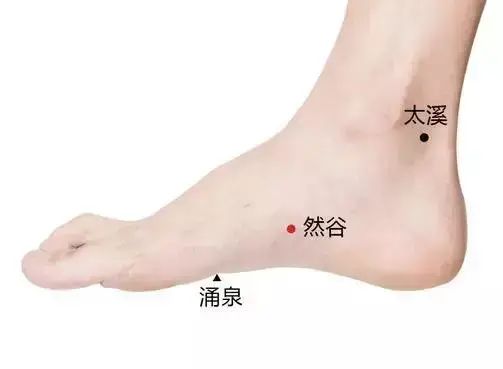
People with frequent heel pain may have kidney deficiency; regular pressing or moxibustion can greatly benefit the kidneys.10. Dan Zhong (RN17) Relieves Qi Stagnation

For anger, repression, chest pain, or breast issues, pressing or moxibusting Dan Zhong can provide quick relief.11. Xue Hai (SP10) is the Blood Nourishing Point
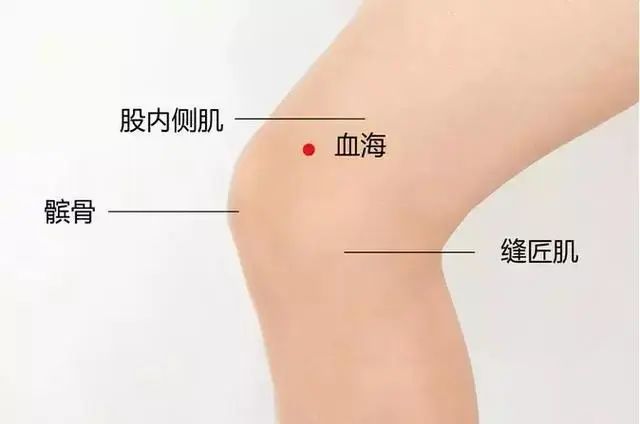
Xue Hai is the ocean of blood; skin itching and poor blood circulation can be alleviated by massaging this point.12. Chi Ze (LU5) is the Cough-Relief Point
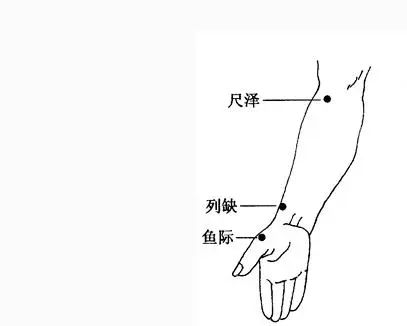
For persistent cough and asthma, massaging or moxibusting Chi Ze can be effective.13. Qu Chi (LI11) for Skin Issues

For the elderly, Qu Chi can help lower blood pressure; for the young, it is an excellent remedy for removing facial blemishes and acne.14. Shang Qiu (SP5) is the Inflammation-Reducing Point
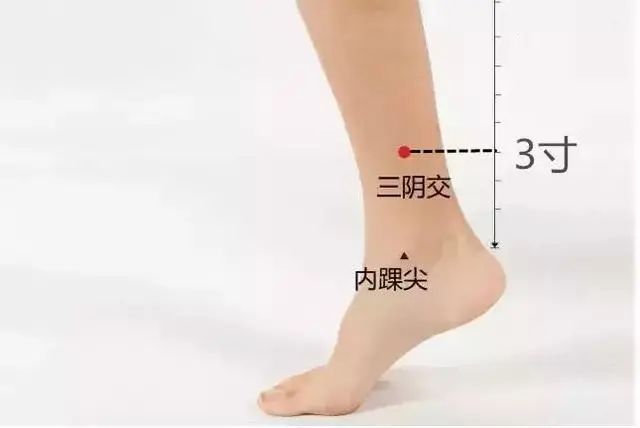
Shang Qiu can eliminate various inflammations in the lower body, especially beneficial for women with inflammation; tapping or moxibusting this area is very helpful.15. Shao Hai (HT3) is the Tinnitus Point
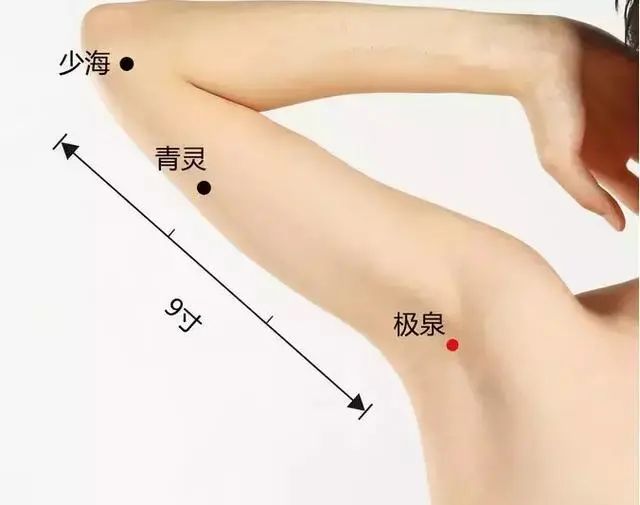
Shao Hai’s main function is to nourish Yin and reduce fire. For those with excessive heart fire, tapping or moxibusting this point can nourish Yin and benefit kidney Qi. If there is disharmony between the heart and kidneys, leading to restlessness at night, remember to press or moxibust this area.16. Nei Guan (PC6) for Knee Pain
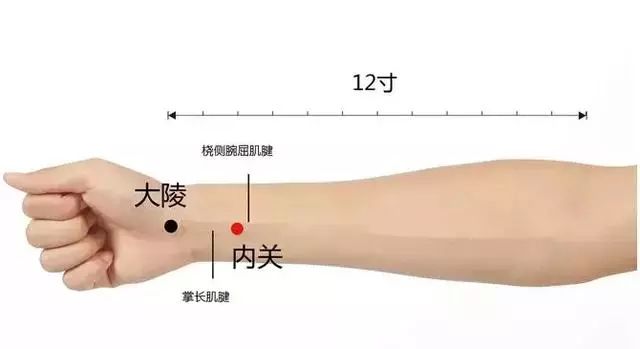
Any issues related to the organs can be addressed through Nei Guan. If you feel discomfort or blockage, you can press or moxibust Nei Guan.17. Liang Qiu (ST34) for Dizziness, Vomiting, and Enteritis
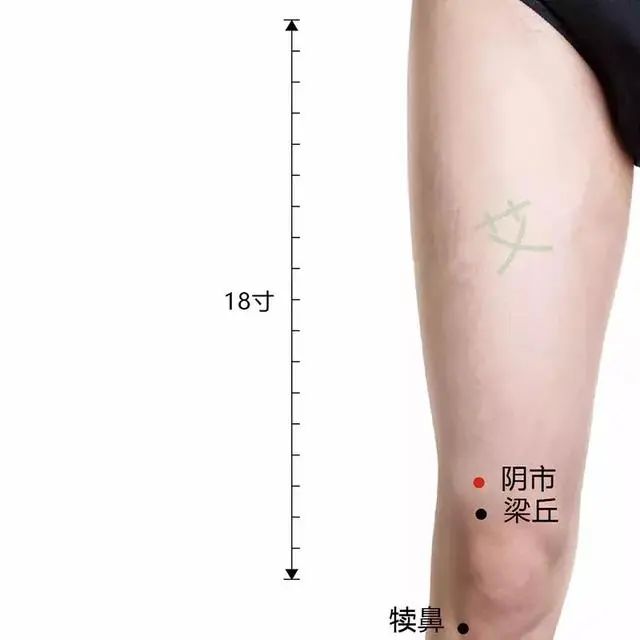
Liang Qiu has many functions; it can relieve leg pain, foot pain, or stop stomach acid. If the stomach suddenly refluxes, pressing Liang Qiu can quickly improve the situation.18. Yong Quan (KD1) for Hot or Cold Feet
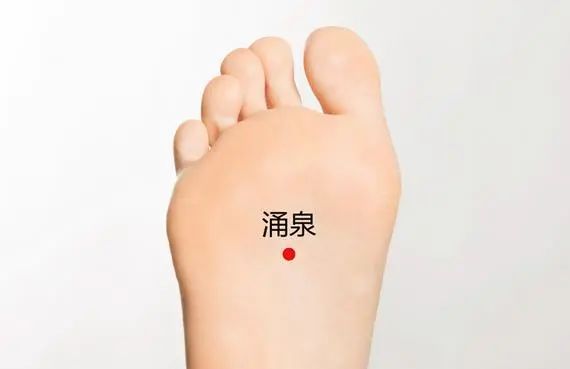
For those with cold feet, pressing or moxibusting Yong Quan can help; for those with hot feet, it can also be pressed or moxibusted. It has a bidirectional regulating function. Yong Quan also has a special effect; if you have persistent hiccups, pressing Yong Quan can quickly stop them.19. Fu Liu (KD7) for Numbness in Hands and Feet
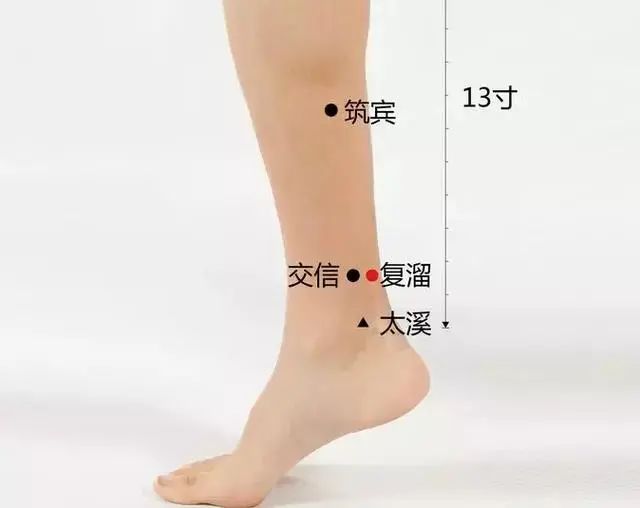
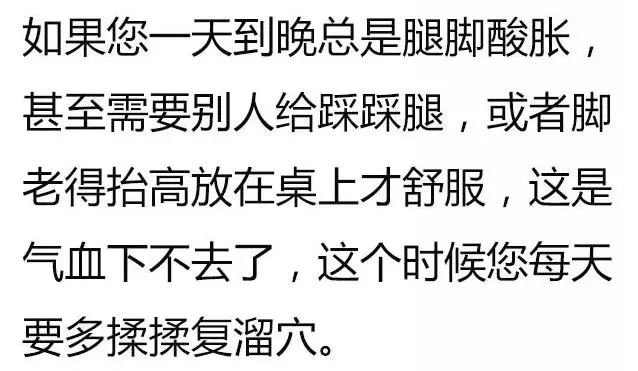
20. Di Ji (SP8) is Good for Diabetes

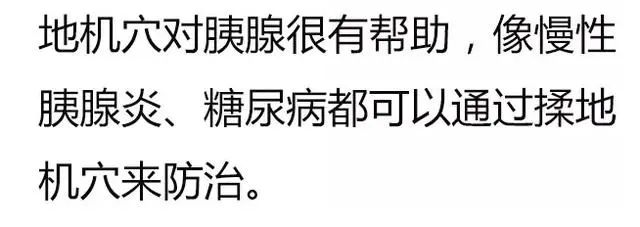
21. Ya Tong (SI18) is the Toothache Point
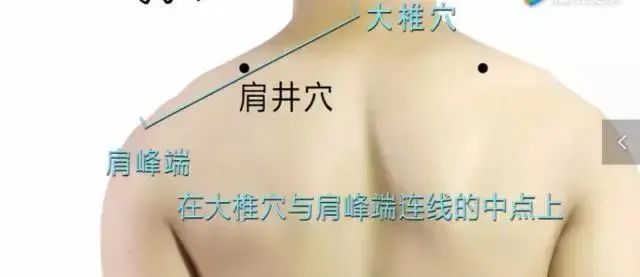
22. Niu Shang (LI15) for Sprains
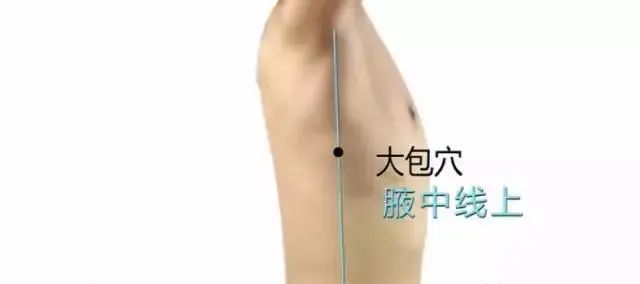
23. Zhong Du (GB26) for Gallstones
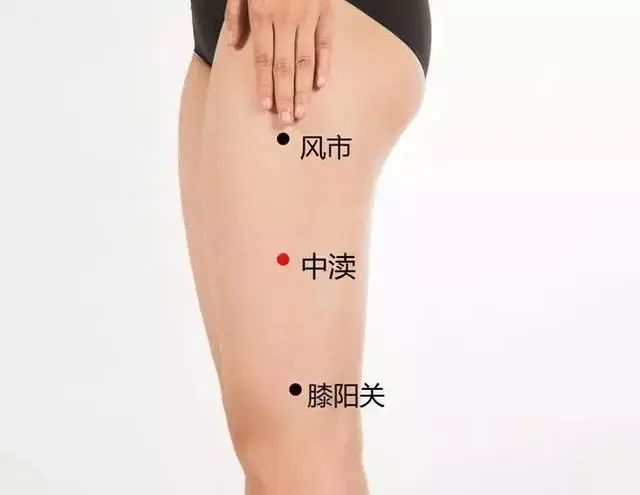
24. Tian Shu (ST25) for Gastroenteritis
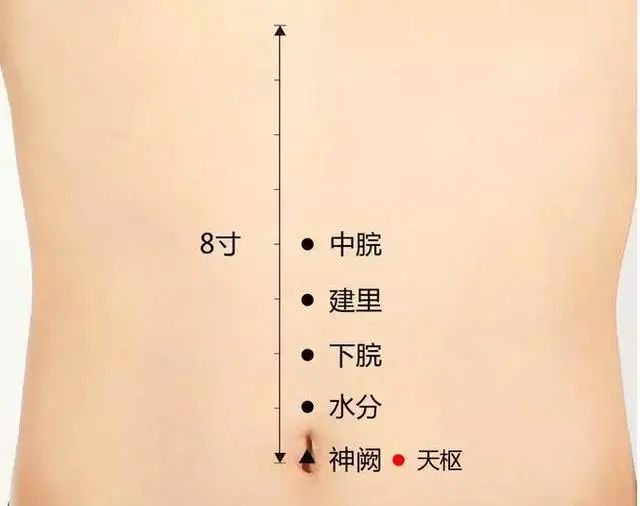
25. Zhi Zheng (LI5) for Hand Numbness
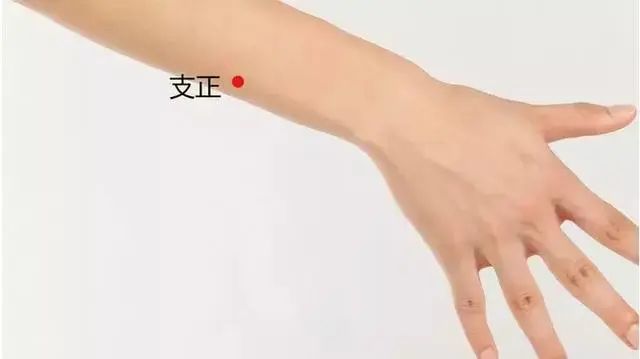
26. Tian Chi (SI11) for Mastitis
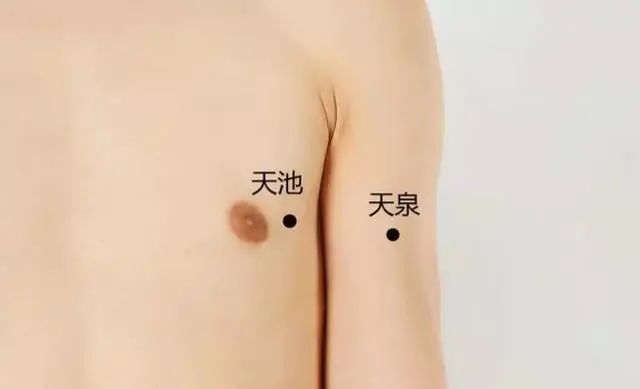
27. Tai Xi (KD3) for Anorexia and Hair Loss

28. Shao Shang (LU11) for Acute Throat Pain
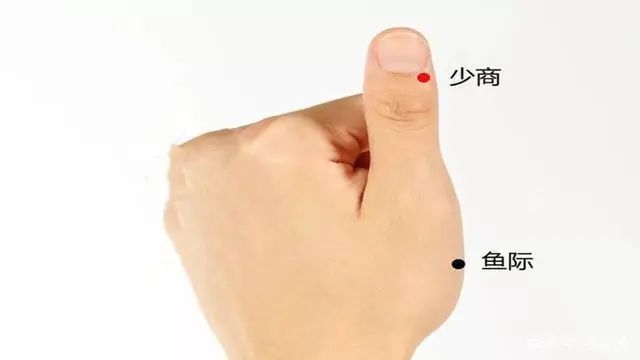
29. Hou Xi (BL62) for Sciatica and Spinal Issues
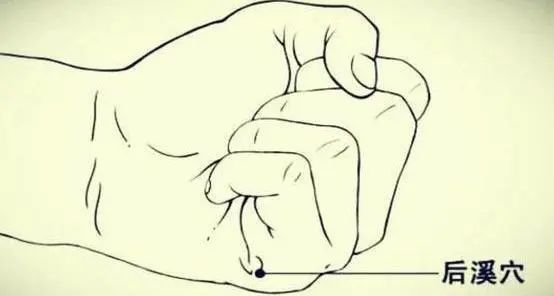
30. Jin Suo (KD6) for Lumbar Disc Herniation
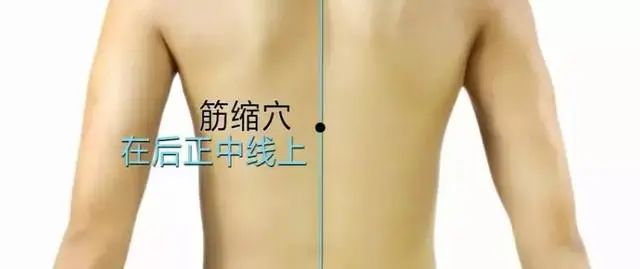
31. Tian Tu (RN22) for Chronic Pharyngitis and Cough

32. Zhong Fu (LU1) for Cough and Wheezing
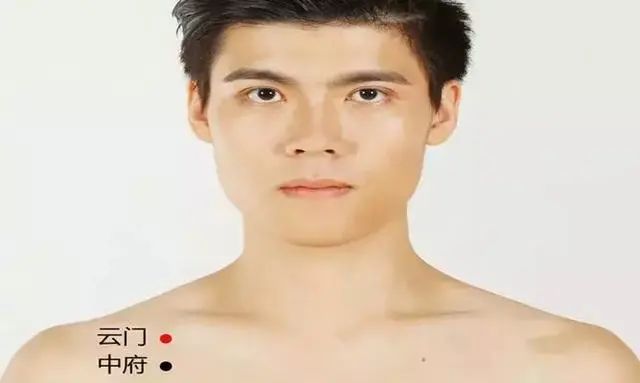
33. Shi Xuan (DU20) for Heatstroke Emergency
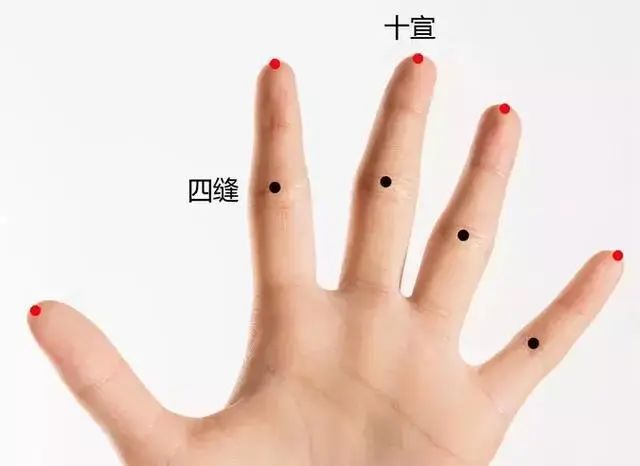
Shi Xuan is an extraordinary point; pressing it immediately can provide first aid for heatstroke.34. Ying Xiang (LI20) for Allergic Rhinitis
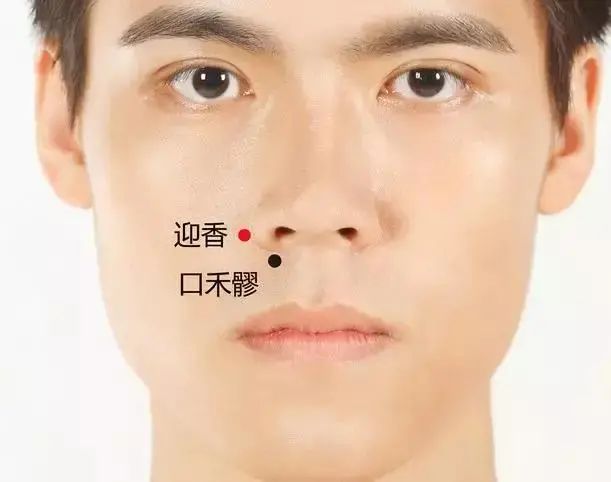
35. Yu Ji (LU10) for Nighttime Cough
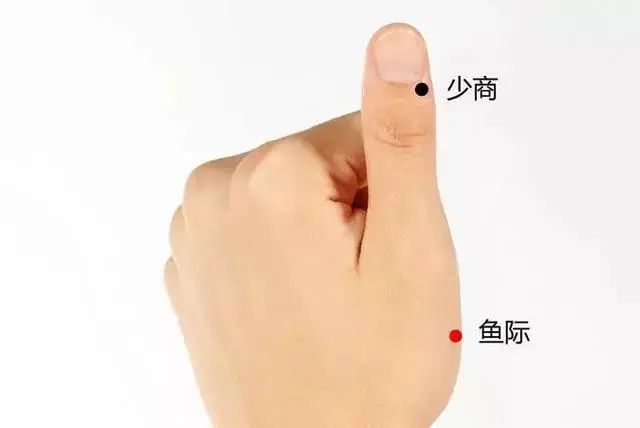
36. Jing Qu (LU8) for Qi Supplementation
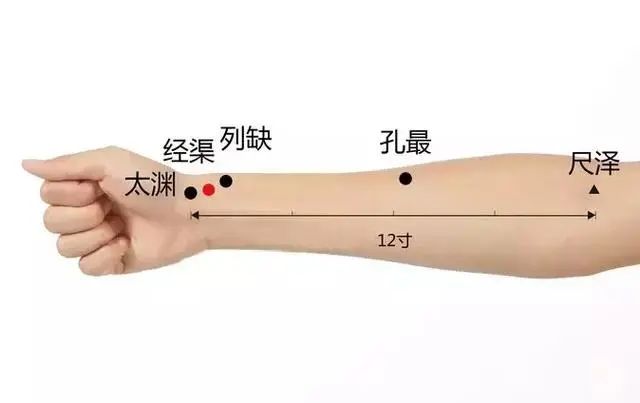
37. Fu Bai (LU9) for Graying Hair
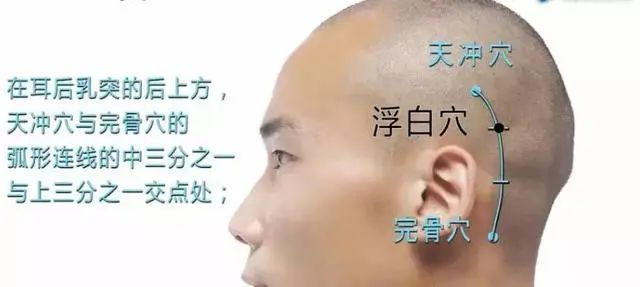
38. Guan Chong (PC8) for Motion Sickness
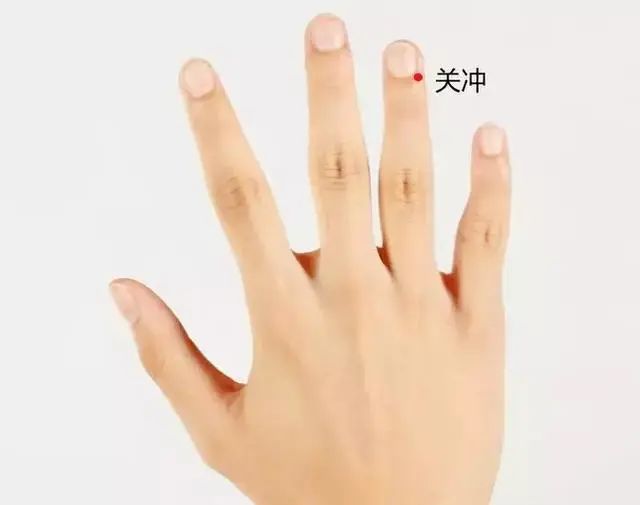
39. Qu Ze (ST8) for Acute Stomach Pain and Acute Enteritis
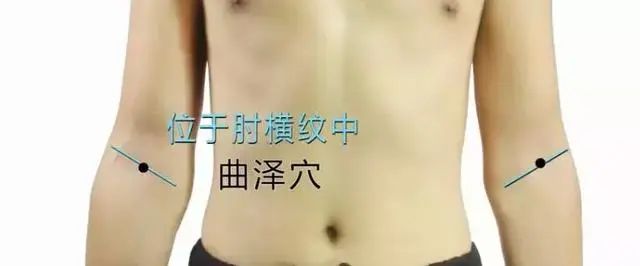
40. Feng Long (ST40) for Phlegm Dissipation
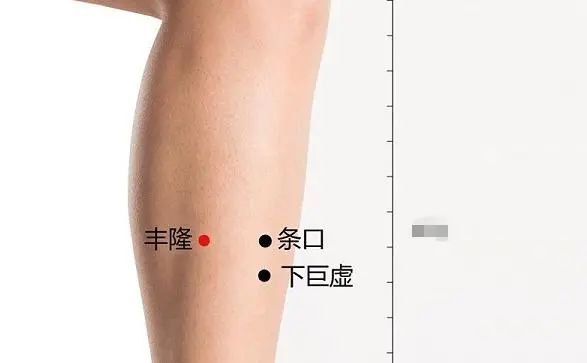
41. Yang Ling Quan (GB34) for Cramps and Muscle Twists
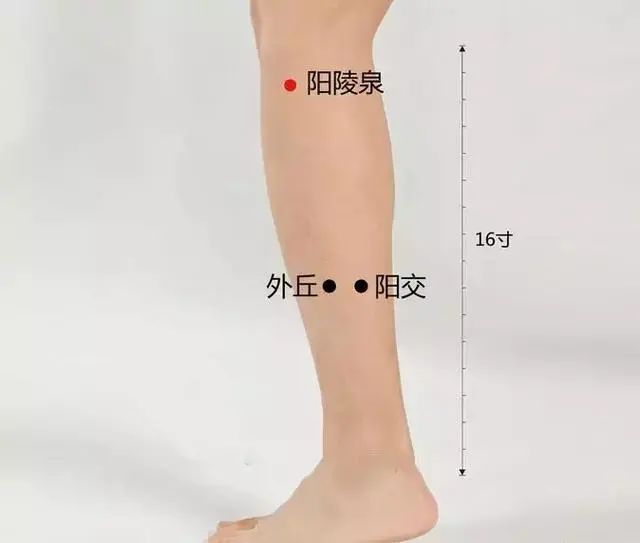
42. Feng Chi (GB20) for Urticaria
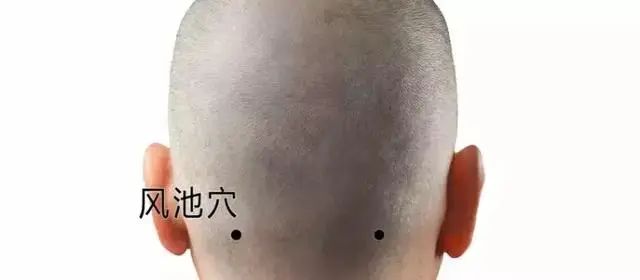
43. Nei Ting (ST44) for Nosebleeds
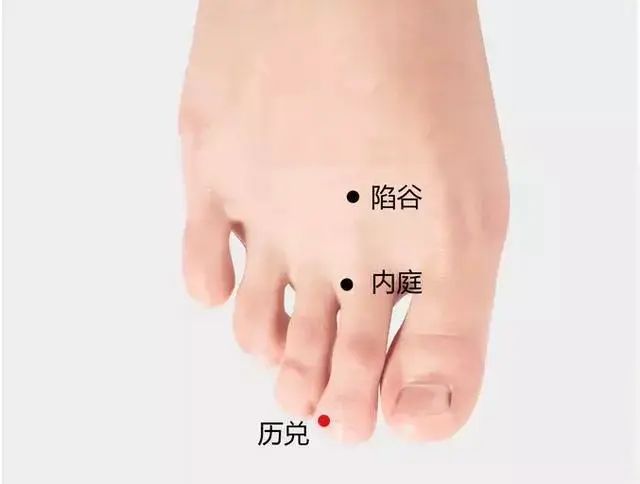
44. Wei Zhong (BL40) for Lower Back Pain
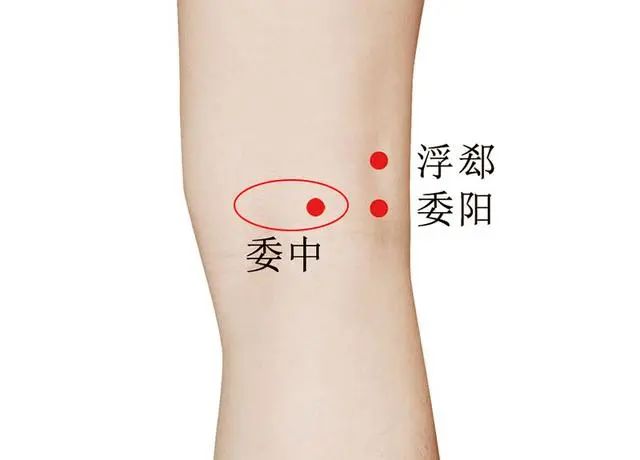
45. Li Guo (SP6) for Dysmenorrhea
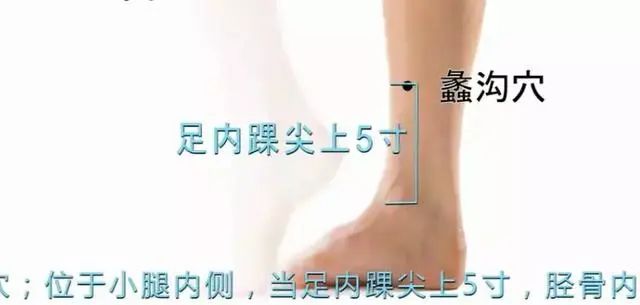
46. Xing Jian (LV2) for Oral Ulcers
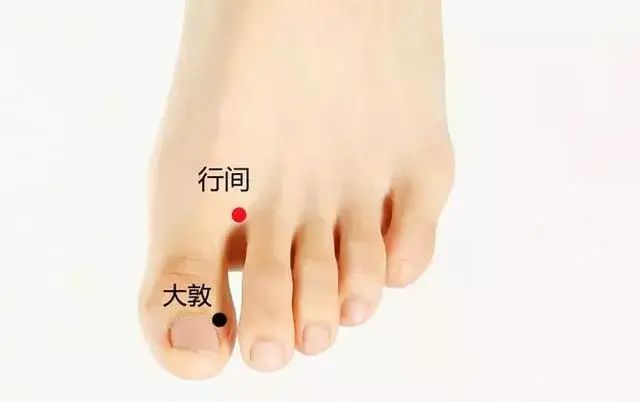
47. Da Du (SP3) for Muscle Atrophy
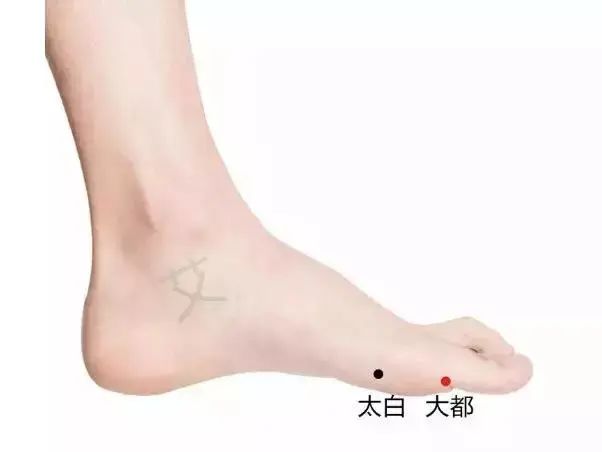
48. Zhu Bin (KD10) for Gout
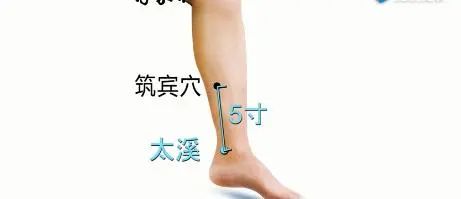
49. Guang Ming (BL1) for Presbyopia
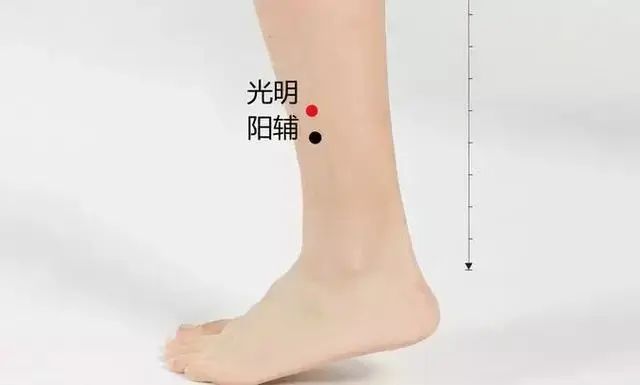
50. Ji Quan (HT7) for Heart Blood Nourishment and Depression

51. Yun Men (LU2) for Coronary Heart Disease

52. Jia Che Kou (ST6) for Facial Paralysis and Facial Asymmetry
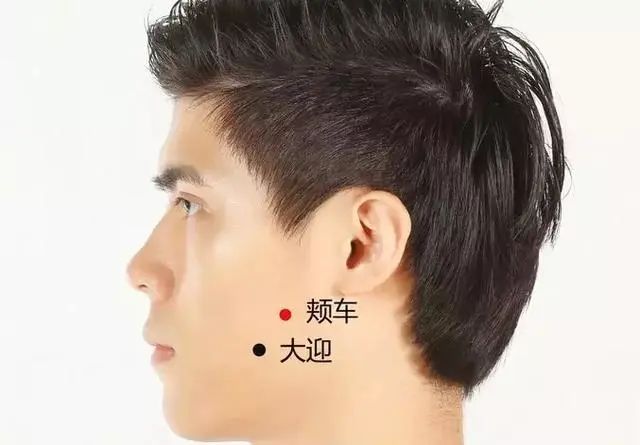
53. Wai Guan (SJ5) for Stiff Neck and Migraine

54. Tian Zhu (BL10) for Neck Pain
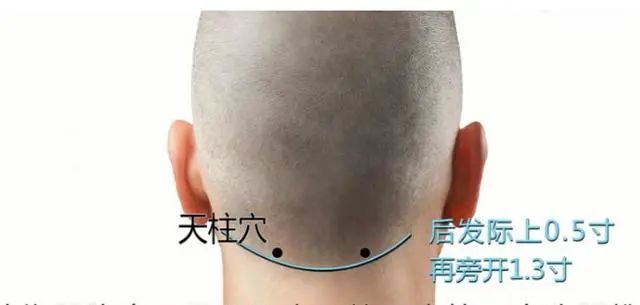
55. Cheng Jiang (RN24) for Edema
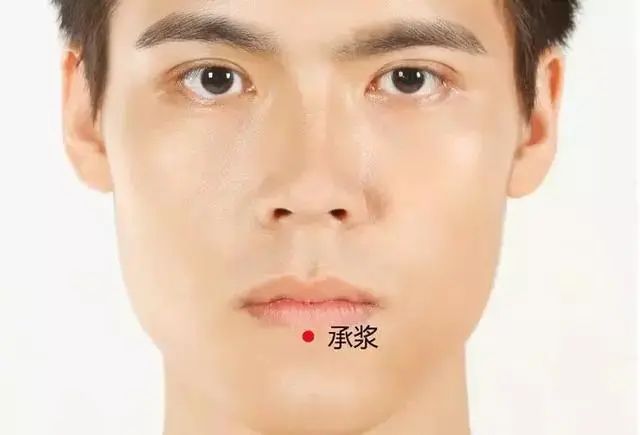
56. Qian Gu (RN20) for Ear Inflammation
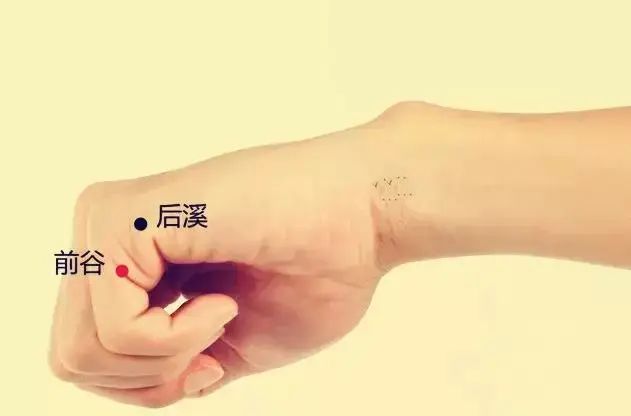
57. Bai Hui (DU20) for Headaches and Hypertension
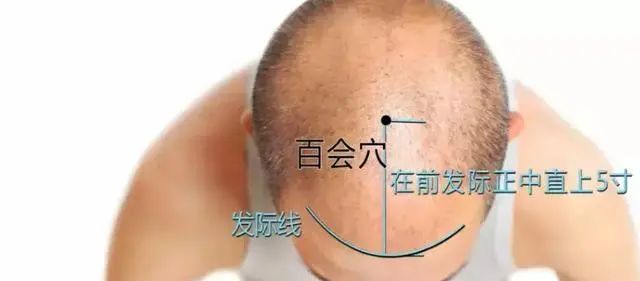
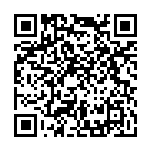
Scan the QR code to enter online learning
In the lower right corner, your likes and views
Editor’s salary increases by 20 cents
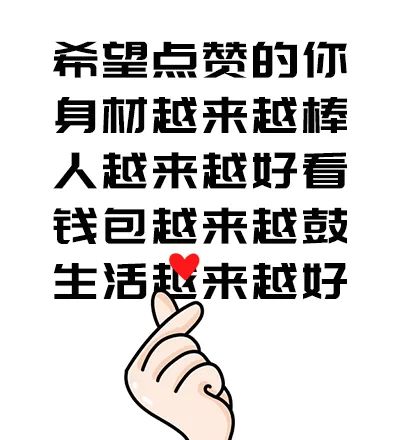
Source: Internet, if there is any infringement, please contact for removal
367 commonly used home remedies! (Identify patterns before use)
[Home Prevention] Teachers and students from Beijing University of Chinese Medicine guide you to practice traditional Chinese medicine techniques

